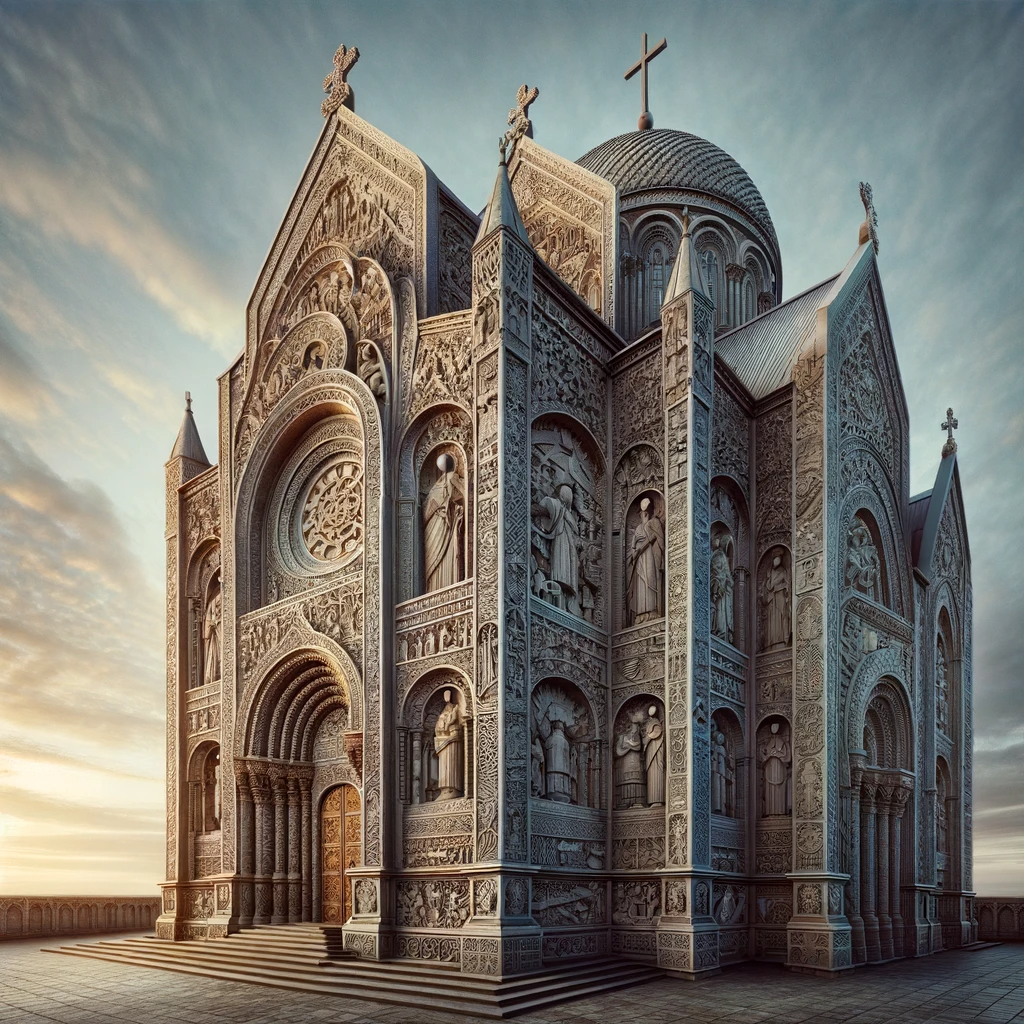The exterior design of Sayde Church is not just an architectural feat; it is a canvas that reflects the rich tapestry of cultural and historical narratives that have shaped its existence. This magnificent structure serves as a tangible link to the past, offering insights into the societal values, artistic expressions, and historical events of the times. This article explores the cultural implications of Sayde Church’s exterior design, shedding light on how architecture can encapsulate and convey the essence of an era.

The Architectural Language of Sayde Church
Sayde Church’s exterior speaks a language of its own, narrating stories through its structural elements, decorative motifs, and symbolic representations. The church’s design is a confluence of various architectural styles, each contributing its unique lexicon to the overall narrative. From the Gothic elements that embody the transcendental aspirations of the medieval period to the Renaissance touches that celebrate humanism and revival, every aspect of the church’s design is a chapter in the cultural history it has witnessed.
Cultural Symbols and Their Meanings
The church’s façade is adorned with an array of symbols and motifs, each holding deep cultural and religious significance. These symbols serve as a bridge between the tangible and the ethereal, offering a glimpse into the spiritual and philosophical underpinnings of the community that built it. For instance, the presence of floral motifs and natural elements could signify a deep reverence for nature, a common theme in many religious architectures, embodying the connection between the divine and the natural world.
The Role of Craftsmanship in Cultural Expression
The craftsmanship evident in Sayde Church’s exterior is a testament to the cultural priorities of its creators. The meticulous attention to detail and the dedication to creating a space that is not only functional but also aesthetically profound reflect a society that values artistry and skill. The artisans who carved the stone, forged the metalwork, and painted the frescoes were not just builders; they were storytellers, embedding their cultural narratives into every stroke and chisel mark.
The Church as a Cultural Landmark
Sayde Church, through its grandeur and architectural elegance, has become a cultural landmark, symbolizing not just spiritual significance but also the artistic and historical identity of the region. It stands as a beacon of cultural pride, showcasing the achievements and aspirations of the generations that contributed to its creation. The church’s design, influenced by various periods and styles, illustrates the dynamic nature of cultural exchange and evolution.
The Interplay of Functionality and Aesthetics
The exterior design of Sayde Church also highlights the cultural emphasis on balancing functionality with aesthetics. The strategic placement of windows, the structural role of buttresses, and the protective features of the roof all serve practical purposes while contributing to the church’s visual majesty. This interplay between form and function is a reflection of a culture that seeks harmony between the earthly and the divine, the practical and the beautiful.
Conclusion
The exterior design of Sayde Church is a rich tapestry woven with threads of cultural significance, historical context, and artistic expression. It stands as a testament to the complex interplay between architecture and culture, where every element tells a story, and every design choice reflects a cultural value or tradition. As we delve into the cultural implications of Sayde Church’s exterior, we are reminded of the power of architecture to encapsulate and communicate the essence of a people and their history.